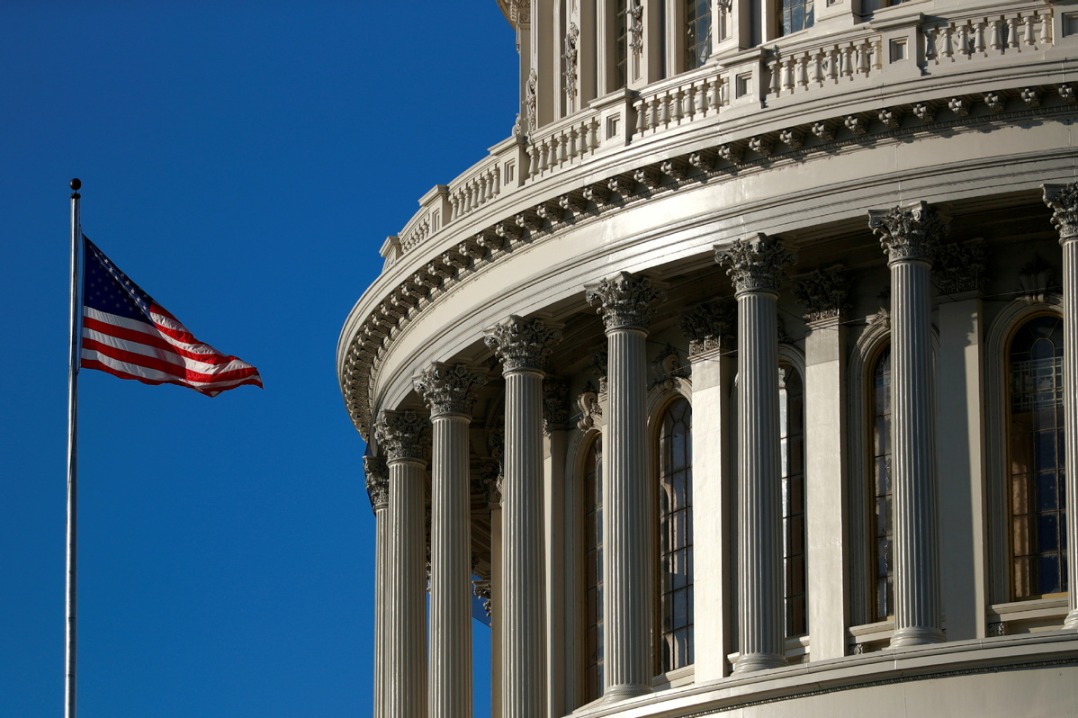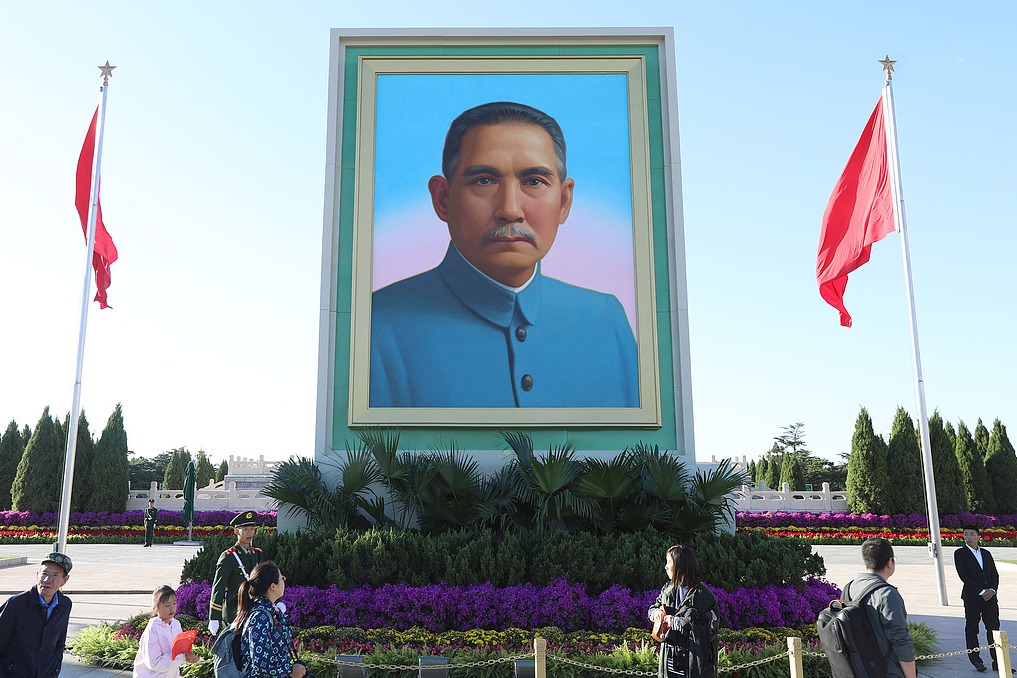Three-way split


Enormous potential for cooperation between China and Mexico under a new triangular relationship with the US
Countries such as Mexico in Latin America and the Caribbean are under enormous pressure from the United States' administration of President Donald Trump and his direct tariff threats on the pretexts of migration and organized crime. Considering the US-China confrontation, these countries in addition are required to adjust their relationship with China. The Mexico-China relationship has been maturing significantly in all imaginable fields, not only in the economic field, since diplomatic relations were established in 1972.From a Mexican perspective, it does not make sense to exclude either the US or China. It seeks long-term cooperation with both China and the US.
Surprisingly though, many LAC countries have lacked an explicit bilateral agenda with China, as a result of the US' security-shoring process against China since 2022.
The Center for Chinese-Mexican Studies of the School of Economics at the National Autonomous University of Mexico, in cooperation with Chinese and other international counterparts, has been researching for more than two decades on LAC-China issues, including topics of bilateral history, diplomatic and political relations, and details of economic matters.
In the recently released document titled "Aspects for a Mexico-China Strategic Agenda: New Triangular Relationships", several issues stand out for such a Mexico-China agenda. The relationship between Mexico and China should be examined under a "new triangular relationship", explicitly incorporating the US-China confrontation since at least 2017 and defined by the first Trump administration as great-power competition. Such a perspective is fundamental for most of LAC and particularly Mexico, since the US is still by far the most important point of reference in the multiple fields of their international relations. Thus, considering the increasing overall presence of China in LAC, the challenge for countries such as Mexico is to engage in detailed agendas with both the US and China. Mexico therefore needs to define its relationship with China in the diplomatic-political, economic and cultural spheres, among others. Such a perspective could also be functional for other countries that have profound ties with the US and China.
It is imperative that Mexico enhances the public, private and academic institutions specializing in China. They should be the motor for a strategic and integral agenda in the short, medium and long run. The Mexican Senate, the foreign secretary and several other secretaries related to tourism, investments and foreign trade are responsible today to immediately update the bilateral agenda. It is not feasible for Mexico to postpone a strategic bilateral agenda.
Mexico and China have several bilateral institutions, such as Mexican and Chinese cultural centers. These institutions should evaluate and update their goals, make effective progress on the numerous issues raised in their annual meetings, reflect on their achievements and the missed opportunities. A modernization and high-quality update based on the new era and challenges is unavoidable.
The economic and trade scenarios are probably the most controversial today, considering that Mexico and China are the first and third most important trading partners of the US. It is significant to understand the new triangular relationship that has evolved during the 21st century. In 2020, 7.5 percent of Mexican exports to the US accounted for Chinese value-added, which has risen significantly in the past decade. At the same time, a large number of Mexican imports today go to foreign companies established in Mexico, particularly US companies. As a result, the proposed new tariffs against Mexico will mainly affect US companies established in Mexico and their exports to the US.These companies have integrated imported Chinese parts and components for decades and an import-substituting process will take time and be expensive for almost all parts, without ruling out the possibility of Chinese investments in Mexico aimed at this import-substituting process. Not recognizing this process under the new Trump administration may result in simplistic and utterly illusory proposals that might be ideologically appealing, but do not understand the complex economic reality of the 21st century. Proposals to face these new challenges should also be triangular, that is, explicitly integrating US, Chinese and Mexican perspectives in the highly heterogeneous global value chains.
There are dozens of cooperation initiatives between Mexico and China on education, culture and science. The analysis by the Center for Chinese-Mexican Studies examines the enormous potential of tourism in Mexico, the importance of six Confucius institutes, as well as student and academic exchanges, and collaboration in cultural and social research. Cooperation could be particularly fruitful with younger generations to strengthen future bilateral ties.
From this perspective, it is important to face current challenges in this new triangular relationship in the 21st century. Both China and Mexico should face their important bilateral conditions and potential. And the bilateral relationship goes far beyond current economic and trade debates, and threats of third countries in the short term. Existing bilateral institutions play a particularly important role and should modernize and update this relationship as soon as possible.
The author is a professor at the National Autonomous University of Mexico and coordinator of the university's Center for Chinese-Mexican Studies. The author contributed this article to China Watch, a think tank powered by China Daily.
The views do not necessarily reflect those of China Daily.
Contact the editor at editor@chinawatch.cn.
































